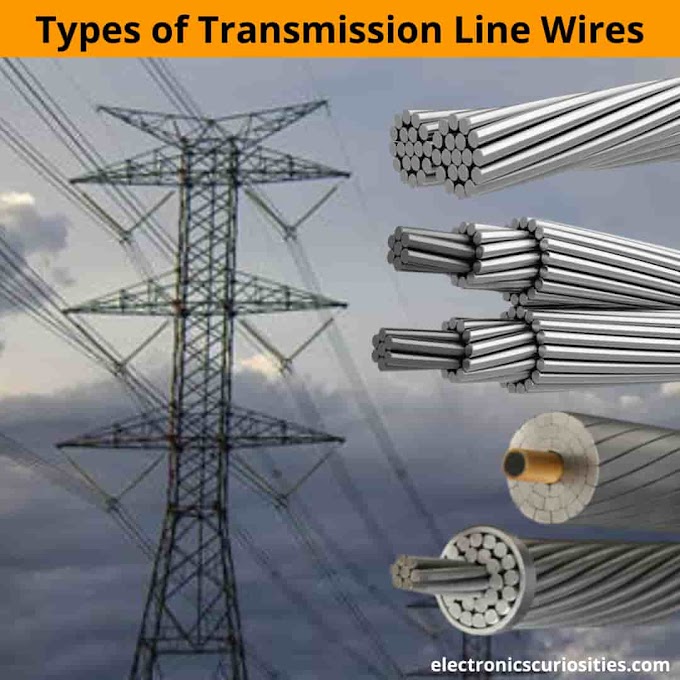What is MCB? How does MCB work?
MCB is a circuit breaker, now the function of a circuit breaker is that anytime there is an electrical fault, the circuit breaker automatically trips and stops the supply. Trip means a trip off the automatic supply if a problem occurs.
MCB protects us and our equipment when there is a fault in the circuit by breaking the circuit connection from the main supply, so it is called a circuit breaker.
Who invented MCB?
A modern miniature circuit breaker similar to the ones now in use was patented by Brown, Boveri & Cie in 1924.
The Full-Form of MCB - Miniature Circuit Breaker
What is MCB short answer?
MCB stands for miniature circuit breaker. An MCB is an electrical switch that is automatically controlled to protect an electrical circuit from damage caused by excess current from an overload or short-circuiting. The main function is to interrupt current flow until a fault has been found.
They are specially designed to trip during an overload or short circuit to protect against electrical faults and equipment failure. MCB is widely used as protecting components in domestic, commercial, and industrial settings.
What is the main function of an MCB? Why MCB preferred the most than Fuse?
The main advantage of MCB is to trip the circuit in abnormal conditions. Even Fuse can handle these abnormal conditions(Fault, short circuit, etc).
Now the question comes here then, why only MCB is preferred?
- MCBs are safer to handle, whereas Fuse needs to remove from the live circuit, and copper or aluminum strands should be connected at both ends of strips.
- Same MCB can trip circuit multiple times, whereas Fuse needs to change whenever it trips.
- MCB body is made of Glass Reinforced Plastic(GRP)does not break with age, whereas Fuse will break with age.
- Flexible in operation is possible, whenever the circuit is tripped just we need to change the position of MCB as like as our switch.
So as MCB is more preferred.
When do the MCB trips?
The overloading of a circuit is a major reason leading to frequent short-circuit tripping. A circuit breaker trips if it is attempting to draw more power than it is intended to carry.
MCB symbol
What protection does MCB give us?
MCB gives us protection in case of two faults.
1)Overload Fault
2)Short Circuit Fault
If you are going to give an interview in electrical, be sure to note that overloading is called Thermal Protection, and short-circuit trip is called Magnetic Protection, if you speak it in an interview. Your impression will be very good.
Overload and short-circuit both currents start flowing more from the wire in the fault. But one thing you should know is that the amount of current increases slightly in the overload fault.
While the current in the short circuit fault flows a very high amount of current.
Overload and short circuit protection
An overload fault occurs when the load is increased, such as an overload fault in a motor when the motor is jammed or if we have added more load to the motor than its capacity.
But if we talk about a short circuit, then this fault occurs when a short circuit occurs. For example, when two-phase wires can get connected, phase wire and neutral wire can get interconnected (short circuit).
Which type of MCB is used in the homes?
The best MCB suited for domestic appliances is type C, where the current load is medium. Type C MCBs trips off when the flow of current is 5-10 times more than normal.
What is Type B, C, and D MCB?
Type B MCB is designed to trip at fault currents of 3-5 times rated current. For example, a 10Ampere device will trip at 30-50A. Operating Time 0.04 To 13 Sec
Type C MCB is designed to trip at 5-10 times. For example 50-100A for a 10A device. Operating Time 0.04 To 5 Sec
Type D MCB is designed to trip at 10-20 times. For example 100-200A for a 10A device. Operating Time 0.04 To 3 Sec
Types of MCBs based on pole
MCB is available in 4 types n the market








